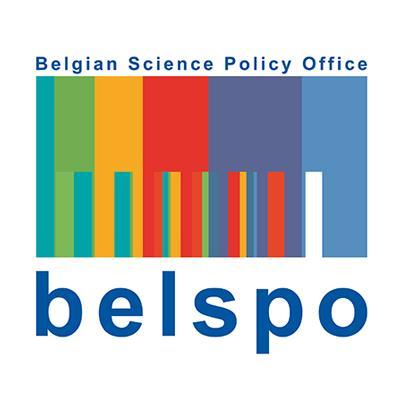Data acquisition and pre-processing
- A time series of Sentinel-2 images covering about one year will be downloaded and pre-processed for four SSA cities including Dakar and Ouagadougou.
- All cloud-free Landsat images will be retrieved for two selected cities including Ouagadougou, for the period 2005-2015. Landsat-8 collects information at 100 m with a revisit time of 16 days since February 2013. Two Thermal Infrared Sensor (TIRS) enable the atmospheric correction of the thermal data using a split window algorithm (Irons et al., 2012). For the earlier period Landsat 7’s Enhanced Thematic Mapper (ETM+) will be acquired and processed.
- WELD (Web-Enabled Landsat Data) will be downloaded for 20 cities. WELD are large area 30-meter composited mosaics from Landsat terrain corrected (Level 1T) data.
Extraction of variables to be input in the spatial models
A wide set of variables will be derived in a 100m grid as input to the models.
- We will explore the potential of Sentinel-2 for deriving variables that are derived at VHRRS with Pléiades. We will notably address this question with subpixel classification that allows the estimation of fractional composition of a pixel. Moreover, Sentinel-2 time series will be used for capturing the seasonal patterns of a number of environmental variables, mainly linked to water and vegetation.
- For two selected cities including Ouagadougou, LST, albedo, NDVI, brightness, wetness and greenness indices (from Tasselled cap; Baig et al. (2014)), Normalized Difference Water Index (NDWI; Xu (2006)) and Enhanced Built-Up and Bareness Index (EBBI; As-syakur et al. (2012)) will be derived from time series of Landsat images.
- LST, wetness index and NDWI will be derived from time series of Landsat images for 2 cities, for the urban climate model.
- WELD composite mosaics will be used to retrieve climatic (LST, wetness index, NDWI, cloudiness), environmental (NDVI, albedo) and anthropogenic (imperviousness) variables that influence malaria transmission for 20 cities.


